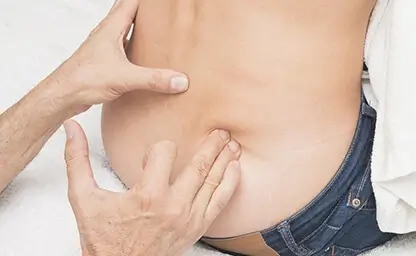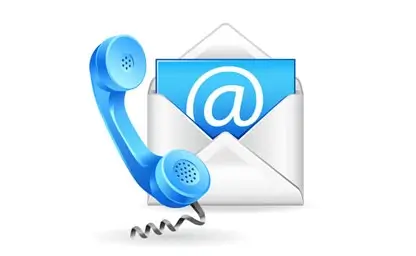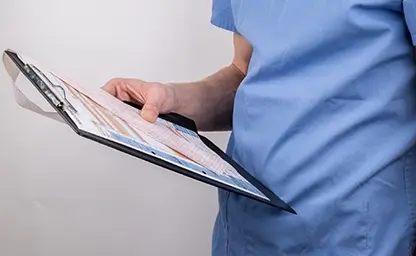

Craniosacral therapy treatment
CRANIOSACRAL THERAPY
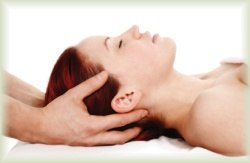 Craniosacral therapy CST is a gentle hands-on treatment that releases tension deep within the body, with the goal of reducing pain, restoring function and improving whole-body health and performance. Osteopathic physician John E. Upledger, who spent many years of clinical testing and research at the University of Michigan, where he worked as a professor of biomechanics, pioneered the development. Using a soft touch that is usually no more than 5 grams - like the weight of a nickel coin - practitioners release restrictions in the soft tissues that surround the central nervous system. CCT is increasingly being used as a preventive, prophylactic measure of wellness, to increase resistance to disease, and is also effective for a wide range of medical problems related to pain and dysfunction.
Craniosacral therapy CST is a gentle hands-on treatment that releases tension deep within the body, with the goal of reducing pain, restoring function and improving whole-body health and performance. Osteopathic physician John E. Upledger, who spent many years of clinical testing and research at the University of Michigan, where he worked as a professor of biomechanics, pioneered the development. Using a soft touch that is usually no more than 5 grams - like the weight of a nickel coin - practitioners release restrictions in the soft tissues that surround the central nervous system. CCT is increasingly being used as a preventive, prophylactic measure of wellness, to increase resistance to disease, and is also effective for a wide range of medical problems related to pain and dysfunction.
How does craniosacral therapy work?
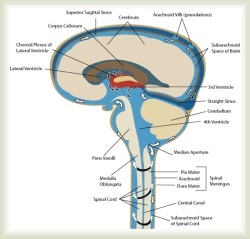 Few structures have as much influence on the body's ability to function properly as the brain and spinal cord, which make up the central nervous system. And the central nervous system is strongly influenced by the craniosacral system - the membranes and fluids that surround, protect and nourish the brain and spinal cord. Your body endures stresses and strains every day, and it must work to compensate. Unfortunately, these changes often cause the body's tissues to contract and distort the craniosacral system. These distortions can then cause tension, which leads to limitations. Which can create a barrier to the healthy functioning of the central nervous system, and possibly all the other systems with which it interacts.
Few structures have as much influence on the body's ability to function properly as the brain and spinal cord, which make up the central nervous system. And the central nervous system is strongly influenced by the craniosacral system - the membranes and fluids that surround, protect and nourish the brain and spinal cord. Your body endures stresses and strains every day, and it must work to compensate. Unfortunately, these changes often cause the body's tissues to contract and distort the craniosacral system. These distortions can then cause tension, which leads to limitations. Which can create a barrier to the healthy functioning of the central nervous system, and possibly all the other systems with which it interacts.
 Fortunately, such limitations can be detected and corrected using simple palpatory techniques. With a light touch, the CST practitioner uses his or her hands to assess the craniosacral system, gently feeling the various locations of the body to check for ease of movement and rhythm of spinal fluid pulsation around the brain and spinal cord. Gentle techniques are then used to release restrictions in any tissues affecting the craniosacral system. By normalizing the environment around the brain and spinal cord and increasing the body's ability to self-correct, craniosacral therapy can alleviate a wide range of disorders, from chronic pain and sports injuries to stroke and neurological disorders.
Fortunately, such limitations can be detected and corrected using simple palpatory techniques. With a light touch, the CST practitioner uses his or her hands to assess the craniosacral system, gently feeling the various locations of the body to check for ease of movement and rhythm of spinal fluid pulsation around the brain and spinal cord. Gentle techniques are then used to release restrictions in any tissues affecting the craniosacral system. By normalizing the environment around the brain and spinal cord and increasing the body's ability to self-correct, craniosacral therapy can alleviate a wide range of disorders, from chronic pain and sports injuries to stroke and neurological disorders.
For what conditions craniosacral treatment is indicated?
- Migraine and headaches
- Chronic back and neck pain
- Motor coordination disorders
- Disorders in infancy and childhood
- Chronic fatigue
- Fibromyalgia
- Temporomandibular joint disorders
- Scoliosis and other posture disorders
- Post-traumatic stress disorder
- And many other conditions.
When was cranial therapy developed?
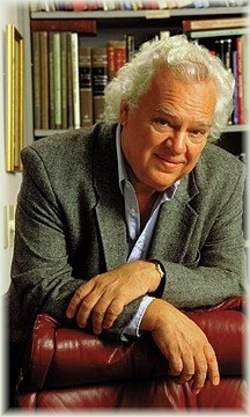 In 1970, during a neck surgery in which he was an assistant, osteopathic physician John E. Apledger first observed the rhythmic movement that would soon be identified as craniosacral. However, none of his colleagues or any of the medical texts at the time could explain this discovery. His curiosity was piqued, and Dr. Apleger began searching for an answer. He began with the research of Dr. William Sutherland, the father of cranial osteopathy. For about 20 years, beginning in the early 1900s, Sutherland explored the concept that the bones of the skull were structured to allow movement. For many decades thereafter, this theory remains at odds with the beliefs of scientists and medical professionals. Dr. Appledger believed, however, that if Sutherland's theory of cranial movement was true, and would help explain the existence of the rhythm he encountered in surgery.
In 1970, during a neck surgery in which he was an assistant, osteopathic physician John E. Apledger first observed the rhythmic movement that would soon be identified as craniosacral. However, none of his colleagues or any of the medical texts at the time could explain this discovery. His curiosity was piqued, and Dr. Apleger began searching for an answer. He began with the research of Dr. William Sutherland, the father of cranial osteopathy. For about 20 years, beginning in the early 1900s, Sutherland explored the concept that the bones of the skull were structured to allow movement. For many decades thereafter, this theory remains at odds with the beliefs of scientists and medical professionals. Dr. Appledger believed, however, that if Sutherland's theory of cranial movement was true, and would help explain the existence of the rhythm he encountered in surgery.
It was at this time that Dr. Upledger decided to scientifically confirm the existence of cranial bone movement. From 1975 to 1983, he worked as a clinical researcher and professor of biomechanics at the University of Michigan, where he led a team of anatomists, physiologists, biophysicists and bioengineers in research and testing. The results not only confirmed Sutherland's theory, but also led to the elucidation of the mechanisms behind the movement, the craniosacral system. Dr. Apleger's continued work in this area eventually led to the development of craniosacral therapy.
☛ Polyvagal Manual Therapy - Osteopathy and Vagus.
☛ Application of MFR Treatment.
